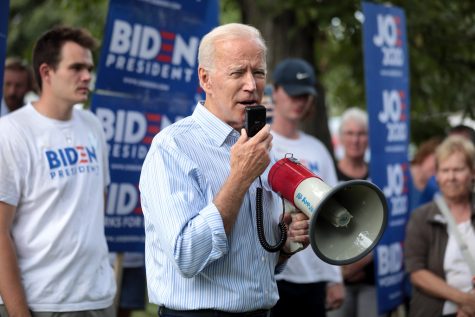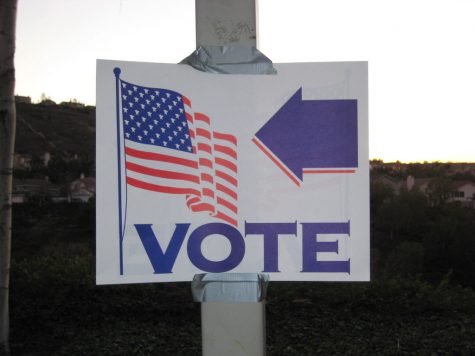Donald Trump’s Cabinet

February 3, 2017
Considering all of the recent turmoil surrounding Donald Trump’s inauguration, many people have forgotten about his Cabinet. However, even though Trump has already nominated all of the members of his Cabinet, many are still going through Senate hearings.
For anyone wondering what steps a cabinet nominee needs to take before becoming a member, here’s a summary. First, the president or president elect nominates someone to a cabinet position and present the nomination before a Senate committee. Next, if the Senate committee has enough votes for the candidate, the candidate is considered “voted out of committee”. Finally, once a date has been set, the nominee will face a hearing by the full Senate body in order to receive a final confirmation.
Regardless of any opposition in the Senate or any controversies surrounding the nominees, no trouble is expected for any of Trump’s cabinet members to be confirmed. This is partially due to the rule repealed by Democratic Majority Leader Harry Reid in 2013 that stated that 60 votes were necessary to vote a candidate out of committee to face the final Senate hearing. So far, John Kelly (Homeland Security), James Mattis (Defense), Mike Pompeo (CIA), and Nikki Haley (U.N. Ambassador) have been officially confirmed. Rex. W Tillerson (State) is next in line to be officially confirmed since he has been voted out of committee.
It could be well in to February before all of the cabinet members are confirmed, since the latest official hearing date is Feb. 2 for Andy Puzder (Labor). The Cabinet has an important role in the executive branch, advising the President on how to deal with the issues in their respective departments. The Cabinet was established in Article 2 Section 2 of the Constitution, and includes, Vice President and the heads of 15 executive departments — the Secretaries of Agriculture, Commerce, Defense, Education, Energy, Health and Human Services, Homeland Security, Housing and Urban Development, Interior, Labor, State, Transportation, Treasury, and Veterans Affairs, and the Attorney General.









